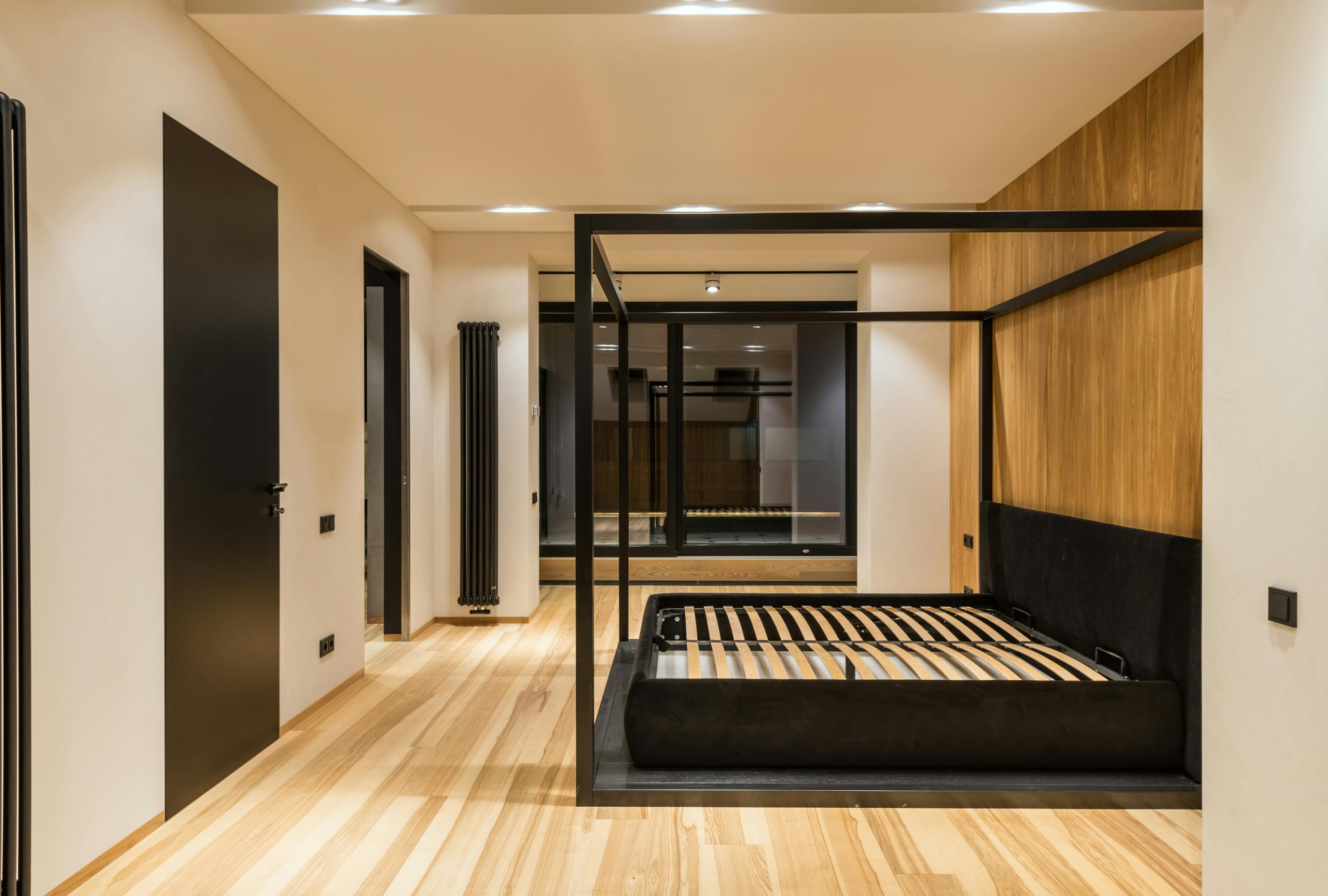Staying warm is a top priority for most people during winter, but this is difficult to achieve without a quality heating system. Radiators have always been the go-to option, whether portable or built into the property. Still, people are starting to notice that the heat distribution is limited, and it can lead to high utility bills each month.
Due to this, underfloor heating is taking centre stage as one of the top options for providing warmth and comfort in both residential and commercial buildings. But how do you know if it’s the right method for you? Keep reading to find out all you need to know about the system and whether you should switch to it.
What is underfloor heating?
Underfloor heating is pretty much exactly how it sounds. It’s a central heating system that works by warming up a property or room from below. There are two main types of heating systems you can choose from:
Water underfloor heating
Water underfloor heating is a wet system that is best suited when you want to warm up your entire property. It involves a connection of pipes or tubes installed beneath the flooring. Warm water flows through the pipes and, depending on your chosen temperature, will work to heat up the space above.
Electric underfloor heating
If you just want to heat up an individual room in your home or property, electric underfloor heating is the way to go. It uses a mechanism similar to the latter but instead uses a series of cables or heating mats to warm up the space above. As electricity flows through the circuits, it’ll warm your room how you like.
The pros of underfloor heating
Energy efficiency
One of the main reasons people are swapping out traditional heating methods for underfloor heating is because of its reduced energy consumption. You get to experience much more comfort and warmth for a fraction of the price compared to radiators because they have zoned heating for better control.
Even heat distribution
One of the main issues with radiators or portable heaters is that they only target one area of a room. It’s extremely hard for the warmth to move across to the other side of a large space. This reduces comfort and can be frustrating. Underfloor heating guarantees warmth in every inch of a room, removing cold spots and guaranteeing consistent comfort.
Space-saving
When you have an underfloor heating system, you’ll never know it’s there when it’s not turned on. This is because it is completely hidden below your floor’s surface. Unlike radiators or fireplaces that take up a large fraction of a room, you can save space with underfloor heating and use the area to put in more things you love.
Health benefits
One of the main benefits of underfloor heating that people don’t think about is the health benefits they can bring. Compared to other traditional heating methods, underfloor heating offers a reduction in dust and allergens alongside improving air quality and circulation in each of your rooms.
Increased property value
Underfloor heating is becoming more and more attractive each year, so there’s no doubt people are going to be looking for homes with this amenity when buying in the future. Therefore, if you have it installed now, it becomes an attraction for potential homebuyers when you eventually decide to sell. It’s a premium feature that can earn you a few extra bucks.
The cons of underfloor heating
Initial cost
All the best things in life come with some sort of cost, and sadly, that is one of the downfalls of underfloor heating. Buying the materials and paying for someone to do the installation are all included in the initial cost, and this can make it hard for some to afford. However, it is an investment and can save you on energy costs in the long run.
Installation challenges
The trouble with underfloor heating is that it can be hard to install when you are living in an existing home. They are much easier to put in place in new builds as you can start from scratch. There are retrofitting difficulties in ready-built properties as it can impact the floor height and there may be many other potential adjustments.
Maintenance and repairs
No matter how good a heating system is, there’s always the chance that you might have to pay for maintenance and repairs in the future. Due to the system’s complexity, the costs could be pretty high. If you don’t have the funds at the time, you might be without heating until you can afford it.
Slower response time
If you’re sitting in your living room and you’re freezing cold, you might want the warmth to hit you straight away. However, underfloor heating systems sometimes take a bit of time for it to reach the temperature you set on your thermostat. If you have quick heating needs, you may need to consider other options.
Making the decision
So, after weighing the pros and cons of underfloor heating, how do you make the decision about whether you should have a system installed? It all starts off by assessing your personal needs and preferences. Will underfloor heating meet your comfort goals and give you everything you want out of a central heating system? You also need to figure out if you have the funds to afford the installation and weigh the costs against the long-term benefits and return on investment.
Final thoughts
If, after careful evaluation, underfloor heating is the one for you, then it’s time to get the installation process started. At first, you need to decide what type of system you wish to install – water or electric. From there, you should start seeking out professional advice and quotes that meet your budget.
Using a trained engineer to carry out the installation is crucial. Not only does it ensure the job is completed correctly, but you’ll end up saving money on maintenance and repairs in the long run. Make sure you choose a professional, like the ones at Next Level that you feel comfortable putting in charge of your heating needs.


